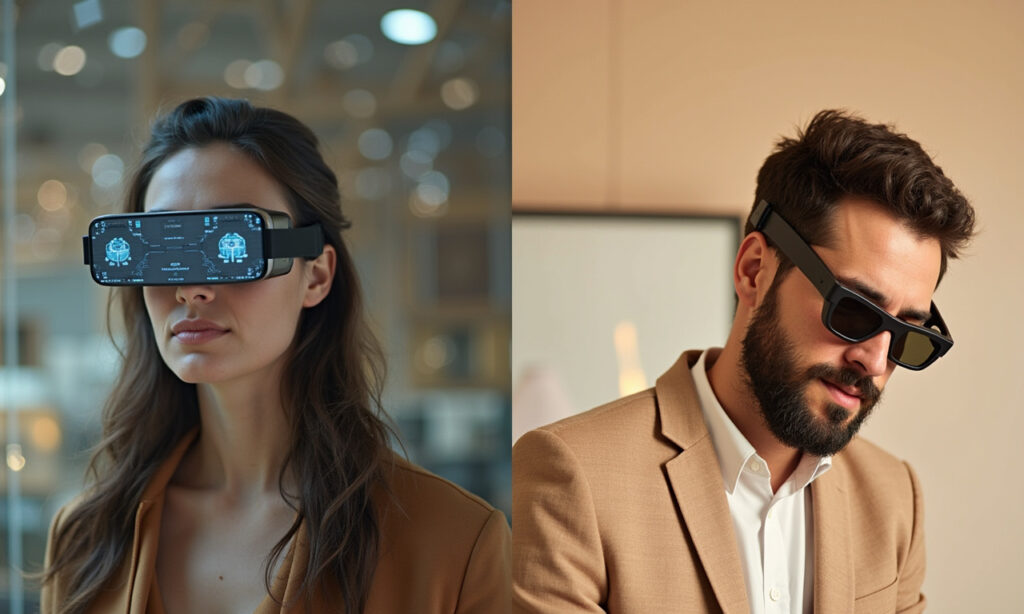The Extended Reality (XR) market is on the cusp of a significant transformation, and Samsung is poised to play a major role with its upcoming smart glasses. Here’s what we know so far about Samsung’s XR smart glasses, codenamed “Project Haean.”
The Rise of XR Smart Glasses
XR technology has been gaining traction, with several major tech companies investing heavily in this space. Google recently showcased its prototype Android XR glasses at the TED2025 conference, demonstrating features like live translation, real-time object recognition, and seamless integration with Android devices[2][5].
Samsung’s Project Haean: What to Expect
Samsung’s entry into the XR smart glasses market is codenamed “Project Haean.” These glasses are expected to be deeply integrated with Google’s Android XR platform and the Gemini AI assistant. This collaboration between Samsung and Google is no surprise, given their long-standing partnership in integrating Google services and software into Samsung devices[1][3].
Key Features and Integration
- Gemini AI Integration: The smart glasses will leverage Google’s Gemini AI for various tasks such as translations, directions, and message summaries, all accessible with just one tap[3].
- Android XR Platform: Powered by Android XR, these glasses will offer a lightweight and streamlined user experience, with the heavy processing handled by a connected smartphone[5].
- Multiple Cameras and Sensors: The Project Haean smart glasses are designed to fit various face shapes and will include multiple cameras and sensors to track movement, enhancing the overall user experience[5].
Launch Timeline
Contrary to earlier reports that suggested a 2025 release, the latest rumors indicate that Samsung’s XR smart glasses might not hit the market until 2026. This delay could be attributed to the company’s focus on perfecting the technology and user experience before launch[1][3].
Comparison with Other XR Devices
Samsung is also working on another XR device, the Project Moohan headset, which is expected to launch later this year. The Project Moohan headset will feature multiple-window multitasking and VR video capabilities, positioning it as a more robust XR solution compared to the smart glasses[2][3].
Competitive Landscape
With Apple’s Vision Pro already on the market, Samsung is under pressure to deliver an advanced user experience. The company’s focus on comfort, functionality, and seamless integration with existing Android devices could be key differentiators in the competitive XR market[4].
Practical Applications and User Experience
The integration of Gemini AI and the Android XR platform promises to revolutionize how users interact with their environment. Here are some potential use cases:
- Real-Time Translation: Users can enjoy real-time language translation, making travel and international communication much easier[5].
- Object Recognition: The glasses can recognize objects in real-time, providing users with instant information about their surroundings[5].
- Navigation and Directions: With Google Maps integration, users can navigate through cities with directions projected directly into their line of sight[5].
Conclusion
Samsung’s Project Haean smart glasses represent a significant step forward in XR technology. With their anticipated release in 2026, these glasses are expected to bring innovative features and a seamless user experience, further solidifying Samsung’s position in the burgeoning XR market. As the tech landscape continues to evolve, it will be exciting to see how these smart glasses integrate into our daily lives and transform the way we interact with the world around us.
